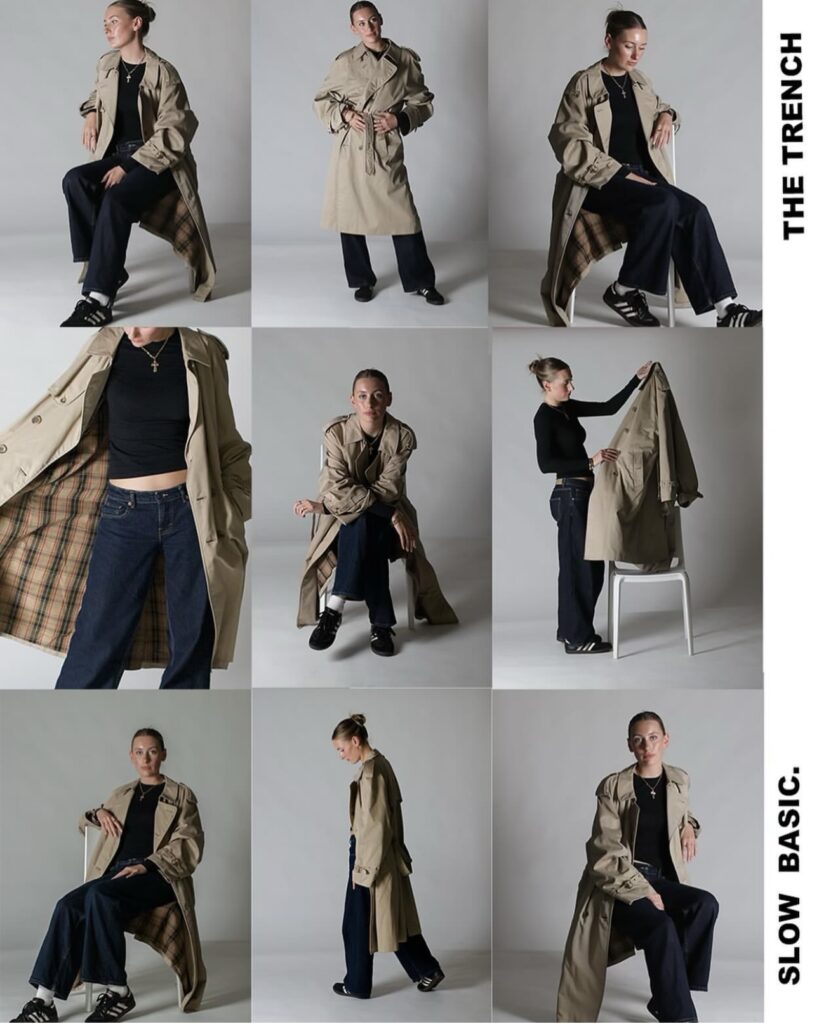Overcoming Barriers: Insights from a Scottish Fashion Student

All Images @saffs.design on Instagram
“When you study fashion in Scotland, it feels very isolated,” says Saffron Carr, a Fashion Branding and Promotion student at Heriot-Watt University in Galashiels. “If you want any good opportunities, you really need to research and find different experiences that are mainly in London.”
Her words highlight an issue that resonates deeply with many creatives studying outside the UK’s fashion capital of London. For aspiring designers, stylists, and journalists north of the border, the path to success can feel like an uphill battle.
As someone studying journalism in Newcastle, with dreams of breaking into the fashion industry, I know these challenges all too well. Conversations like the one I had with Saffron made me question whether geography still dictates opportunity in an increasingly digital world—or whether Scotland’s creative scene is simply overlooked.
In this piece, I delve into the realities of studying fashion in Scotland, exploring the barriers students face and asking whether digital connections can bridge the gap—or if relocation remains the only viable path forward.

The Reality of Studying Fashion in Scotland
For Saffron, the challenges begin with the stark difference in opportunities compared to London-based students:
“There’s so many opportunities in London that just never come our way at all,” she explains.
This lack of access to networking events, internships, and industry professionals often leaves Scottish students feeling disconnected from fashion epicenter of the UK
While some might assume studying outside the high-pressure environment of London offers advantages, Saffron is quick to dismiss this notion:
“I would say there aren’t many advantages apart from a more relaxed workload,”
she says, highlighting the disparity in expectations placed on fashion students in London versus those in Scotland.
A Distinct Cultural Identity – or a Limiting factor?
One area where Scotland does stand out is its rich cultural heritage, which influences many students’ work.
“There’s definitely a lot of Scottish history within a lot of fashion students’ work,”
Saffron acknowledges. However, she chooses to take a different approach, steering away from incorporating heritage into her designs”
“I think that can often set people back. I don’t want it to seem like I can only lean into one style of work.”
This tension between embracing tradition and striving for innovation adds another layer of complexity to the Scottish fashion identity.

The Struggle for Resources and Connections
Beyond cultural considerations, practical resources like fabric suppliers, industry contacts, and fashion events are in short supply.
“These are very hard to come by,” Saffron admits. “Any opportunity I’ve had has been in London. If there is something in Scotland, it’s very small and not really worth it.”
Saffron’s entrepreneurial efforts illustrate this challenge. Through her university course, she launched ‘SlowBasic,’ an online platform for second-hand basic clothing. Yet, finding collaborators and support within Scotland has proven difficult.
“I’ve done many Zoom calls with people from London and Dubai, but I haven’t physically had to travel to work with these people,”
she says, suggesting that virtual connections are no substitute for in-person collaboration.
“Being around like-minded people allows you to be way more creative and get different opinions. That just isn’t possible in Scotland.”

Advice for Aspiring Fashion Students
When asked what advice she would give to someone considering studying fashion in Scotland, Saffron doesn’t sugarcoat her response:
“I would honestly say if you’re serious about it, study in England or it’s going to be a lot harder to get internships, creative opportunities, and jobs following your degree.”
Her blunt honesty reflects the harsh reality many Scottish students face. Without a significant shift in how the fashion industry engages with Scotland, talented individuals may continue to look elsewhere to fullfil their ambitions.
Bridging the Gap
Saffron’s experience raises pressing questions about how Scotland can better support its fashion students. While the rise of digital networking offers new opportunities, there is no denying the advantages of being in a city like London, surrounded by industry professionals and creative peers.
For Scotland to compete on an international scale, its fashion community must prioritise fostering connections, increasing resources, and celebrating its unique identity without pigeonholing its talent. Only then can students like Saffron feel confident that they can build a successful career without having to leave the country.
A Scottish fashion student with interest in this topic? let me know below!
Leave a Reply